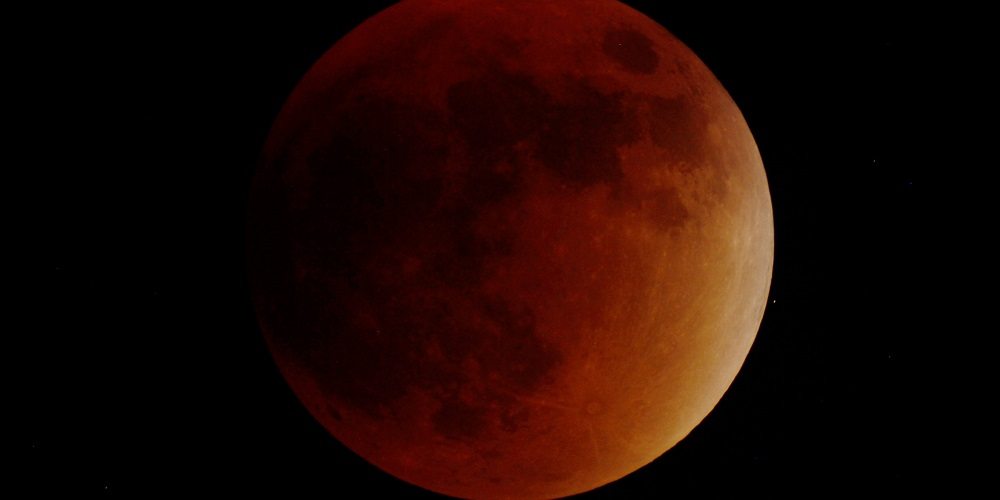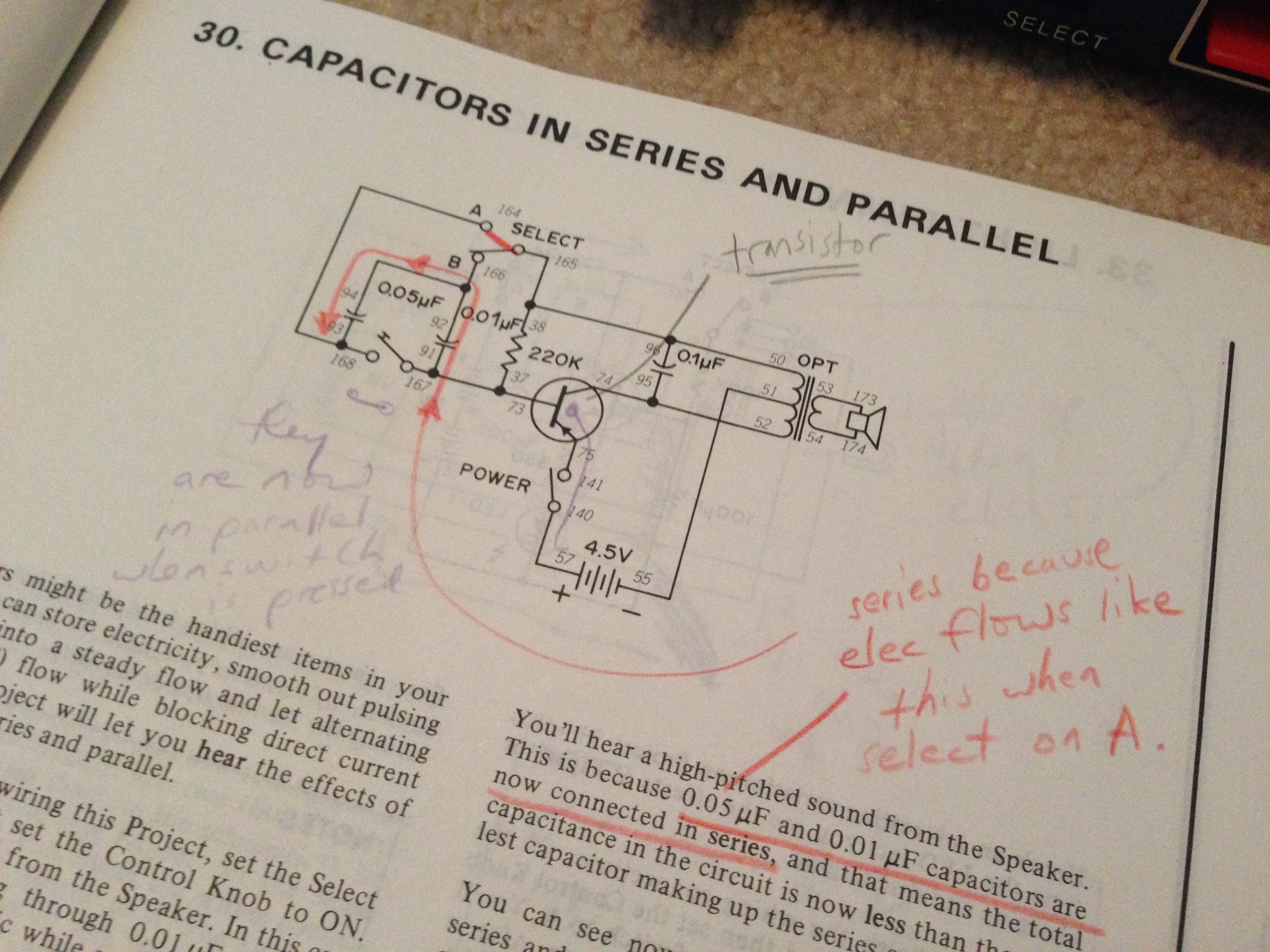
Everyone is talking about the solar eclipse happening on 21 August 2017. And fair enough too—it’s a huge astronomical event, with the most amazing visibility during the most considerate time of day in the history of humans (**maybe a slight exaggeration, but it is still fairly convenient for most people in the United States of America). What you may NOT know is eclipses come in pairs. That’s right folks: there is a lunar eclipse due on 7 and 8 August 2017.
What is a Lunar Eclipse?
A lunar eclipse occurs when the Moon passes behind the Earth and into its shadow. The Moon does not have its own light source; that big pizza pie in the sky is reflecting light from the Sun on to the Earth. So when the Sun, Earth, and Moon are all aligned, it means the Moon will pass into the shadow of the Earth. This also means a lunar eclipse only happens during a full moon. Waxing and Waning Moons occur due to the odd-angle the Moon sits relative to the Earth and the Sun.
Some cultures used to refer to a total lunar eclipse as a blood moon. When the direct sunlight is completely blocked, the only other light seen is refracted through Earth’s shadow. This light looks red because of the ‘rayleigh scattering‘ – that’s the scattering of light by particles. XKCD explains it much better than I could.
Where Can I See the Lunar Eclipse?
Anywhere it is night time!! Seriously, a lunar eclipse is so much easier than a solar eclipse. If you’re located in South and East Asia, Europe, Africa or Australia, you have a fair chance of seeing the partial lunar eclipse on 7/8 August 2017. But unlike the solar eclipse, a lunar eclipse is not exactly at the most convenient time. If you are in Sydney, Australia (for example) the eclipse begins around 1.50am. Ugh.

Using UTC (Coordinated Universal Time), the penumbral eclipse will start around 3:50 pm on 7 August, with partial eclipse being between 5:22 pm and 7:18 pm. All you need to do is convert the UTC to your local time and look up into the night sky.
(*TIP: UTC is almost the same as GMT, but more exact thanks to leap-seconds)
Is this the same as a solar eclipse?
No, more like the complete opposite. The solar eclipse occurs when the Moon passes between the Sun and the Earth, plunging the world into darkness!! Well, again… an exaggeration but the effect is far more dramatic. You won’t need special glasses for a lunar eclipse; it is totally safe to see—so long as you’re not driving a car, or lying down in the middle of a road, or similar activities. A solar eclipse is also a lot shorter than a lunar eclipse and limited to a smaller viewing area of the world. GeekDad and GeekMom have more articles about the upcoming solar eclipse and will have plenty of coverage of the event.
Another cool fact about eclipses is they come in pairs! A lunar eclipse always occurs about two weeks before or after a solar eclipse. To be honest, I was so caught up in the USA excitement for the solar eclipse, I completely forgot I could join in with the lunar eclipse beforehand.
Nevertheless, I am planning on waking around 3 am my local time to watch the partial eclipse. If the coffee kicks in, I hope to share some live-feed on Facebook and Instagram. Tune in for the big event and share your own photos on social media.



